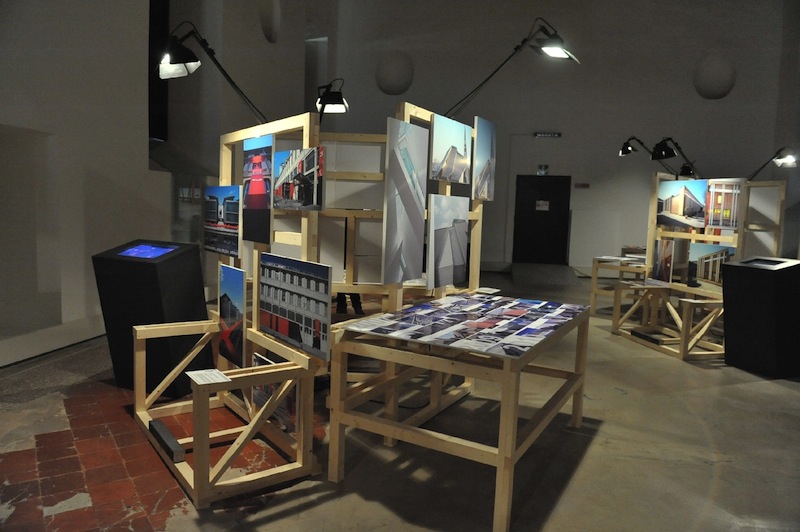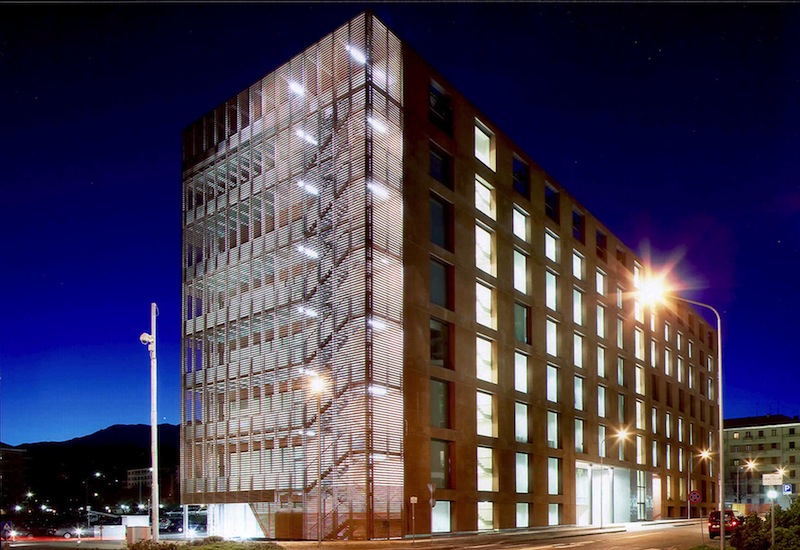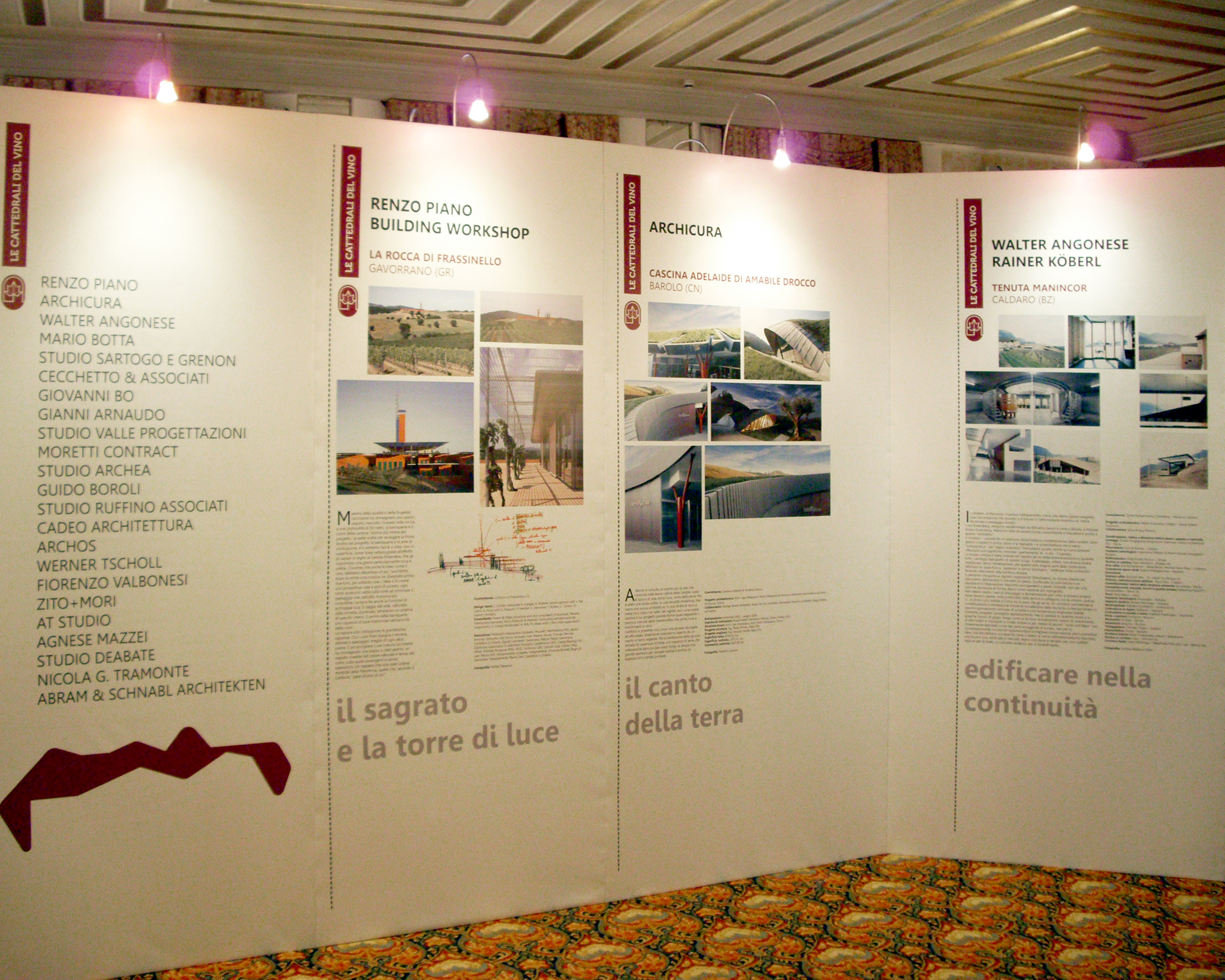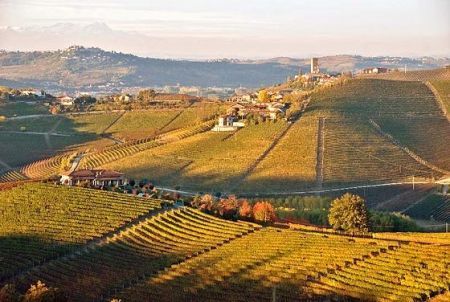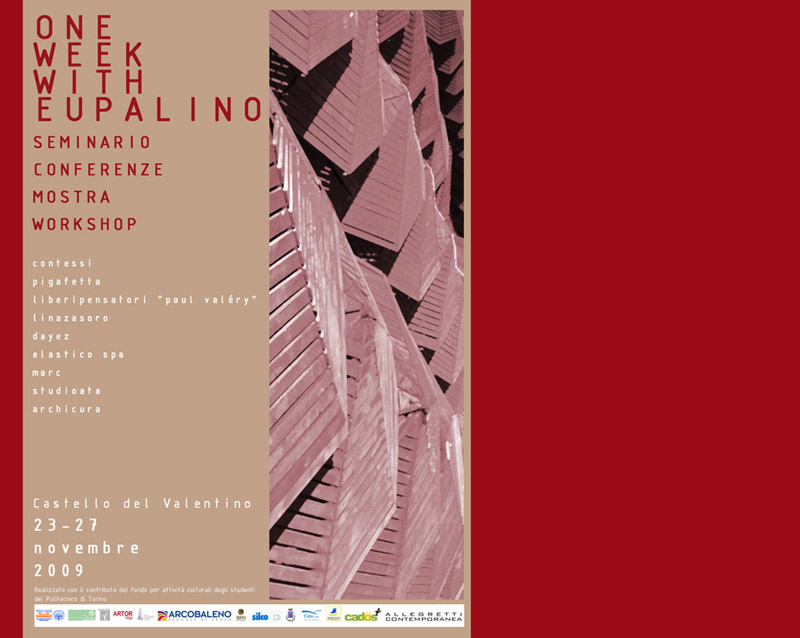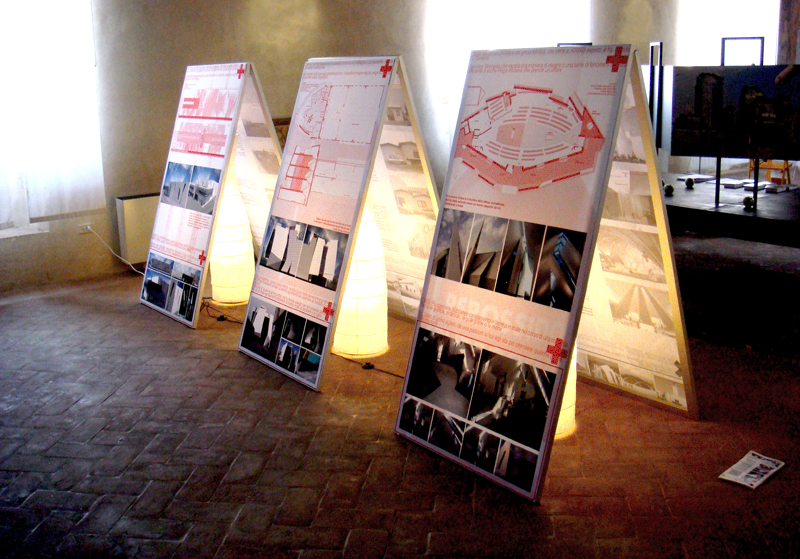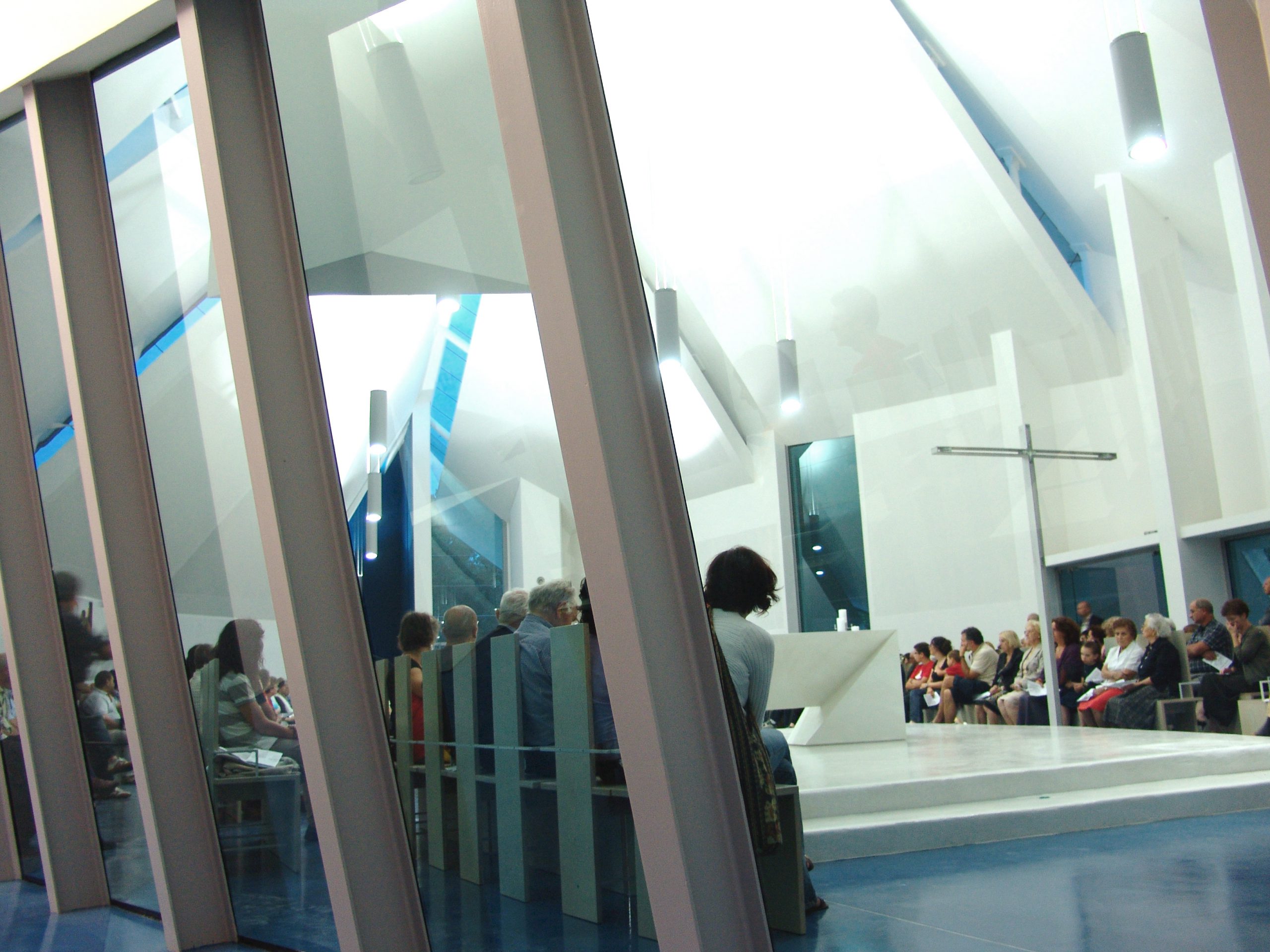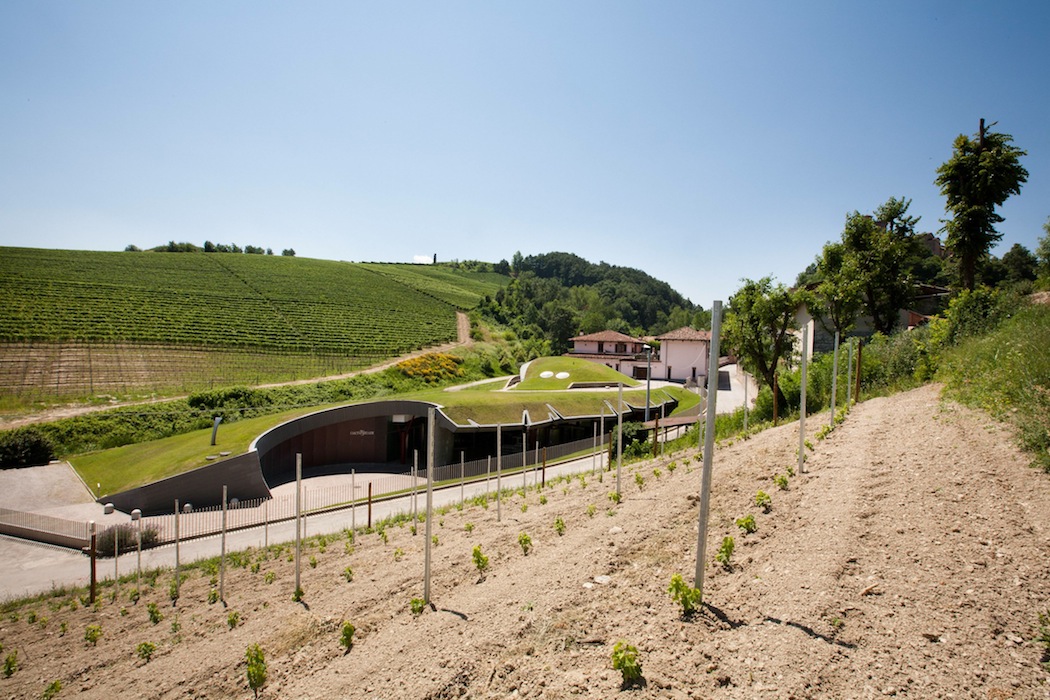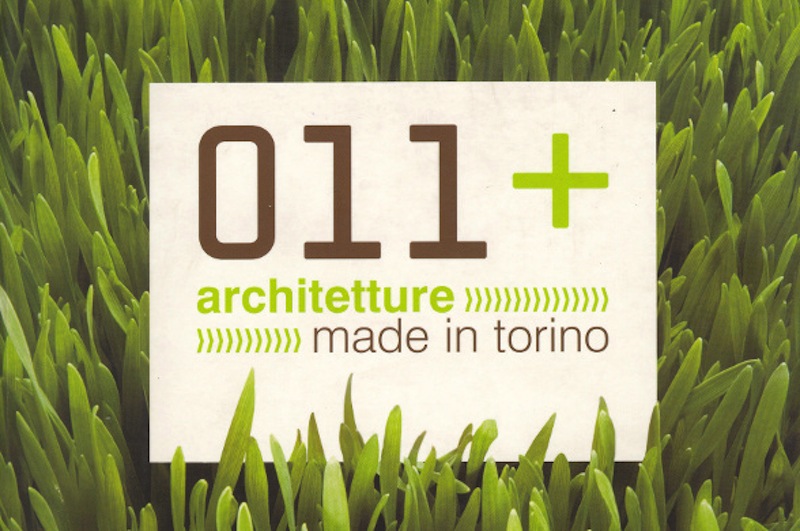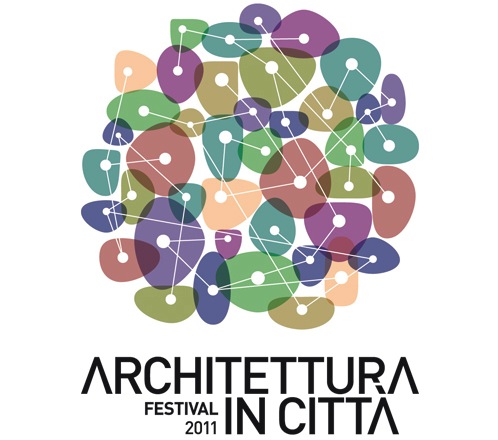
Torino Architecture Festival
P14 July 2011
“From July 14th to 17th 2011 in Turin, and in fourteen municipalities of the province, art, cinema, theatre, dance, literature, photography, food and music will interact with the themes of architecture and design, of the city and the landscape through the proposal of more than fifty cultural entities operating in the area.
In the first edition of the Festival «Architettura in Città» (editor’s note: Architecture in the City) – promoted by the «Ordine degli Architetti PPC della Provincia di Torino» (editor’s note: Chamber of Architects) of Turin and the OAT Foundation (editor’s note: Foundation of Architects of Torino) – an extraordinary number of events: 25 exhibitions and exhibition moments and more than 20 meetings and seminars that complement openings, tours, architectural walks, shows, performances, screenings and workshops in a program open to all who wish to approach, experience and deepen architecture in a new and «informal» way.
(…) Scheduled for July 15th at 7 p.m. at the Bertalazone Palazzo of San Fermo, in S. Francesco d’Assisi street, the debate: Architecture Design / meeting comparison. Design questions: exchange TURN Torino Design Community, where five practices (Bee, ARCHICURA, Ata, Brh + Maat), with the participation of the public, will create an exciting exchange of views on architecture as a discipline of contact with the city context and with our daily potential”.
(excerpt of the press release of the Chamber of Architects of Torino and from the Foundation OAT, July 13th 2011)
Back Read Morej
